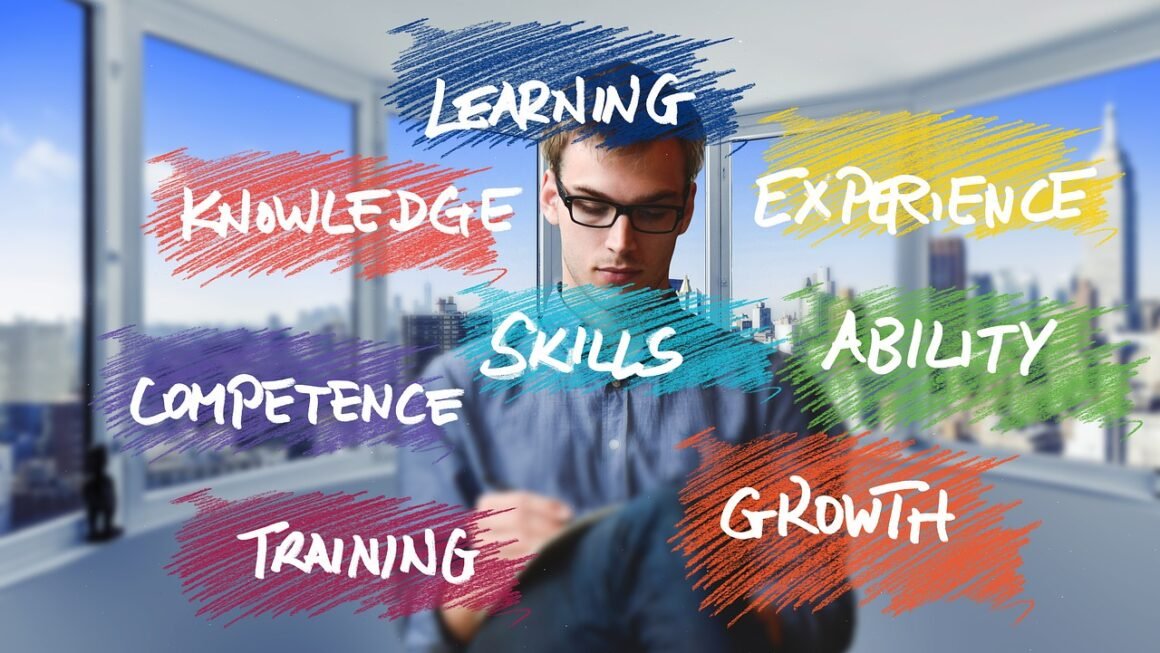AI video conferencing is rapidly transforming the way we connect, collaborate, and conduct business. Gone are the days of grainy visuals, frustrating audio delays, and unproductive meetings. Artificial intelligence is injecting a new level of intelligence and efficiency into virtual interactions, making them more engaging, accessible, and effective than ever before. This article delves into the world of AI video conferencing, exploring its capabilities, benefits, and future implications for businesses and individuals alike.
The Rise of Intelligent Video Conferencing
Enhanced Audio and Video Quality
One of the most immediate improvements AI brings to video conferencing is enhanced audio and video quality. AI algorithms work tirelessly behind the scenes to optimize the user experience.
- Noise Cancellation: AI-powered noise cancellation intelligently filters out background distractions like keyboard clicks, barking dogs, or street noise, ensuring that only the speaker’s voice is clear and audible. This is crucial for maintaining focus and preventing misunderstandings during meetings. Think of a remote worker trying to participate from a busy coffee shop; AI noise cancellation makes it possible.
- Automatic Light Adjustment: AI can analyze the video feed and automatically adjust the brightness and contrast levels to ensure that participants are clearly visible, even in poorly lit environments. This removes the awkwardness of participants being too dark or washed out. For instance, imagine a call participant in a room with a single window; AI can balance the lighting and improve visibility.
- Resolution Enhancement: Even with limited bandwidth, AI can upscale video resolution, making images sharper and more detailed. This is especially beneficial for sharing presentations or visual aids.
- Echo Cancellation: AI effectively eliminates echoes during calls, ensuring clear two-way communication.
Virtual Backgrounds and Appearance Enhancement
AI is also transforming the visual aspects of video conferencing, offering features that enhance professionalism and personal comfort.
- Virtual Backgrounds: AI allows users to replace their real-world surroundings with custom virtual backgrounds. This helps maintain privacy, create a professional appearance, and minimize distractions. Whether it’s a branded office environment or a serene nature scene, virtual backgrounds offer flexibility and control.
- Appearance Enhancement: Some AI video conferencing platforms offer features to subtly enhance a user’s appearance, such as smoothing skin tones or adding virtual makeup. This can boost confidence and help users feel more comfortable on camera.
AI-Powered Collaboration Tools
Real-Time Translation and Transcription
Breaking down language barriers and improving accessibility are key advantages of AI-powered video conferencing. These features foster inclusivity and expand global reach.
- Real-Time Translation: AI-driven translation tools can provide real-time translation of spoken words, allowing participants from different countries to understand each other effortlessly. This eliminates the need for interpreters and facilitates smoother cross-cultural communication. For example, a team in the US can collaborate seamlessly with a team in Japan, with AI translating the conversation in real-time.
- Real-Time Transcription: AI can automatically transcribe spoken content into text, creating a written record of the meeting. This transcript can be used for note-taking, record-keeping, and accessibility for individuals with hearing impairments.
Intelligent Meeting Summarization and Action Items
AI is revolutionizing post-meeting processes by automating tasks that were previously time-consuming and manual.
- Automatic Meeting Summarization: AI can analyze the meeting transcript and generate a concise summary of the key topics discussed, decisions made, and action items assigned. This saves time and ensures that everyone is on the same page.
- Action Item Identification: AI can identify specific action items mentioned during the meeting and automatically assign them to the appropriate individuals. This helps track progress and ensure that tasks are completed on time. Imagine the AI detecting, “John, please send the report by Friday,” and automatically adding that task to John’s to-do list with a due date.
Enhancing Engagement and Productivity with AI
Facial Recognition and Sentiment Analysis
AI can analyze facial expressions and voice tones to provide valuable insights into participant engagement and sentiment. This data can be used to improve meeting dynamics and outcomes.
- Engagement Tracking: AI can track participant engagement by analyzing facial expressions, eye movements, and body language. This data can help identify moments when participants are disengaged or confused, allowing the presenter to adjust their approach.
- Sentiment Analysis: AI can analyze the tone of voice and word choice to gauge the overall sentiment of the conversation. This can help identify potential conflicts or areas of disagreement, allowing for proactive resolution. Imagine an AI alerting the meeting host if it detects a significant negative shift in overall sentiment among the participants.
Personalized Meeting Experiences
AI can personalize the video conferencing experience based on individual preferences and needs, making meetings more relevant and efficient.
- Customized Recommendations: AI can analyze user data to provide customized recommendations for meeting content, participants, and tools.
- Adaptive Layouts: AI can dynamically adjust the video layout based on the number of participants, the speaker’s activity, and the content being shared.
Future Trends in AI Video Conferencing
Integration with AR/VR
The future of AI video conferencing will likely involve closer integration with augmented reality (AR) and virtual reality (VR) technologies, creating immersive and collaborative virtual environments.
- Virtual Collaboration Spaces: Imagine attending a meeting in a shared virtual office space, where you can interact with colleagues as if you were physically present.
- AR Overlays: AR could be used to overlay digital information onto the real world, such as annotations on shared documents or virtual prototypes.
Predictive Analytics and Proactive Support
AI can be used to predict potential issues before they arise and provide proactive support to ensure a seamless video conferencing experience.
- Network Optimization: AI can analyze network conditions and dynamically adjust video and audio settings to optimize performance and prevent disruptions.
- Troubleshooting Assistance: AI-powered chatbots can provide instant troubleshooting assistance, resolving common issues quickly and efficiently.
Conclusion
AI video conferencing is no longer a futuristic concept; it’s a reality that is transforming the way we communicate and collaborate. By enhancing audio and video quality, providing real-time translation and transcription, automating meeting summaries, and offering personalized experiences, AI is making video conferences more engaging, accessible, and productive. As AI technology continues to evolve, we can expect even more innovative features and capabilities that will further revolutionize the world of virtual communication. Businesses that embrace AI video conferencing will gain a significant competitive advantage by improving collaboration, boosting productivity, and expanding their global reach. Now is the time to explore the possibilities and integrate AI into your video conferencing strategy.




